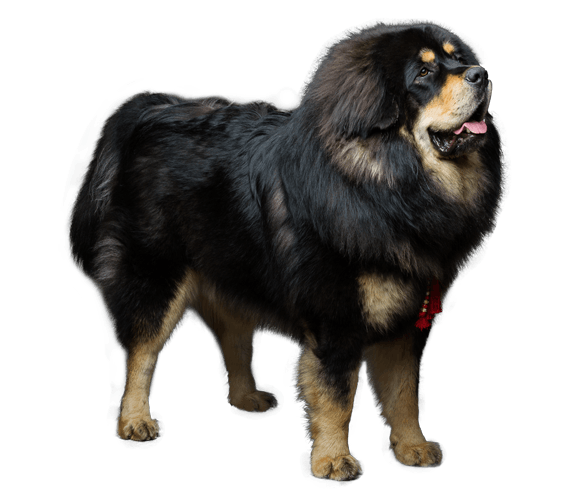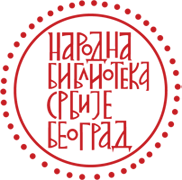Purpose: Determine why you want to own Mastiffs. for a pet, protection, or to show).
Reputable Breeder- Find an established breeder who test their dogs on their health and temperament.
Budget- Consider the cost of purchasing the dog, and also ongoing costs like food, veterinary maintenance, and grooming.
Living Space - Give them enough space for large breeds such as the Mastiff.
Lifestyle - Consider if your life style and schedule will be suitable for the Mastiff's needs for exercise and socialization, as well as affection and friendship.
Training- Make sure that you have the capacity to provide regular training, socialization and supervision for your Mastiff.
Health - Find out about the health of the dog, its parents as well as any health issues that might be present in this breed.
Meet the Dog before buying, it is best to meet the dog face to face in order to feel at ease with its character.
Contracts- Go over and read any contracts or agreements with the breeder, including warranty and return policy. Read the best best mastiff breeds site for site tips.

What Are The Pros And Cons To Adopting A Mastiff In Your Life?
Mastiff adoption is a rewarding experience. Like any other adoption of a pet there are pros and cons and cons.
Save a life - Adopting a Mastiff means giving them an opportunity to re-enter the world and receive an affectionate home.
Mastiffs are affectionate companions. They can be trusted as faithful and affectionate companions.
Mastiffs are the size and strength of a dog that can give their owners the feeling of security.
Adoption costs are typically lower than buying a Mastiff from an individual breeder.
Pros and cons of adopting Mastiffs Mastiff
Problems with behavior Issues with behavior Mastiffs might have surrendered as a result of anxiety, fear or aggressive behavior. These types of behaviors are difficult to deal with.
Medical costs- Mastiffs are susceptible to certain health conditions including joint problems and bloat as well as heart problems, which could lead to expensive medical bills.
Training- Mastiffs need to be trained and socialized to be well-behaved. Unexperienced owners might find this time-consuming and difficult.
Size- Mastiffs need large dogs, so they may not be suitable for smaller apartments.
Before you decide to adopt a Mastiff or other pet, it's important to take into consideration the advantages and disadvantages. Speaking with a vet, animal behaviorist, or going to meet potential adoptees can aid you in making an informed decision. Dogs' aggression can be fixed with proper training. Dogs can be trained to be peaceful and pleasant pet owners by using patience, consistency, and the correct approach. Check out the best why is my dog's skin so loose for site recommendations.

How Much, And How Many Times, Should You Train Your Tosa Inu Japanese Mastiff (Japanese Mastiff),?
Tosa Inus are large, athletic dogs that have high exercise needs. To be healthy, happy and well-behaved, they require exercise regularly. These are some ideas to help you with Tosa Inu exercises: Tosa Inus need to be able to take at least one long walk each day in order to maintain their energy levels and overall health. Every day walks should be around 30-40 minutes long.
Playtime - Tosa Inus love playing with their owners as well as walking. You could play tug-ofwar, fetch or any other games that get them moving.
Training- Tosa Inus, intelligent dogs are able to benefit from mental stimulation and exercise. Training sessions can help to exhaust them and increase their behavior and obedience.
The yard is yours. Tosa Inu can spend time in your yard every day, playing and running.
It's crucial to know that Tosa Inus are prone to heatstroke and should not be exercised in the hot times of the day. They are not able to endure cold temperatures well, therefore they might need to be covered with a sweater or jacket when it gets cold outside. Always keep an eye on your Tosa Inu when they are exercising, and ensure that you provide them with plenty of water. View the recommended Tosa Inu Japanese Mastiff ideas for website recommendations.
[img]https://azure.wgp-cdn.co.uk/app-yourdog/posts/neapolitan_mastiff_0.jpg?\u0026width\u003d480\u0026height\u003d480\u0026bgcolor\u003dffffff\u0026mode\u003dcrop\u0026format\u003dwebp\u0026webp.quality\u003d40\u0026scale\u003dboth[/img]
How Often Should Your Dogue De Bordeaux Be Screened For Health?
Regular health checks are essential for Dogue de Bordeaux. The frequency and specific tests may vary based on factors like the dog's age, general health, and any known health concerns. It is recommended that the Dogue de Bordeaux be screened every year for hip or elbow dysplasia and eye-related issues. Also, any breed-specific health concerns. Your veterinarian can give you more detailed recommendations that are tailored to your dog's specific needs. The following are the most common diseases that can affect this breed. Hip dysplasia: This is a condition where the hip joint is not able to grow normally. This could cause pain or arthritis and is treated with medication, weight-management, or surgery, if necessary.
Elbow dysplasia - Similar to hip dysplasia, elbow dysplasia can be an inherited condition that leads to an abnormality in the elbow joint. It can result in painful lameness and pain. This condition is treated with medication, weight management and, if needed, surgery.
Gastric torsion (bloat)(bloat) - This is a life-threatening illness in which the stomach twists and traps gas, causing it to expand rapidly. It is urgently necessary to be checked by a vet and then operated on.
Heart disease- Dogue De Bordeauxs can be at risk for several types of heart disease, including the condition known as dilated cardiacmyopathy that can cause heart failure.
Skin issues Dogue de Bordeauxs are prone to wrinkled and loose skin that could lead to infection and dermatitis.
Eye problems- This breed is susceptible to a variety of types of eye problems, including cherries eye, entropion and ectropion.
A trusted breeder is essential. They must screen their breeding dogs to make sure they're free of these and other health problems. Regular visits with a veterinarian and early intervention can help treat these ailments and guarantee longevity and a healthy, long-term existence for your Dogue de Bordeaux. Take a look at the top rated check out this Dogue De Bordeaux breed for site advice.

How Long, And How Often Do You Need To Exercise Your Kangal (Turkish Maltiff)?
Kangals are a lively and large breed. They need to be regularly exercised to be healthy and content. Kangals are lively and can be found enjoying a wide variety of activities. They are able to take walks, hikes, or play in large areas. For puppies, they should be exercising for shorter periods and be restricted in their exercise until their bones are fully formed.
It is important to remember that Kangals are prey animals with a high instinct and are prone to be aggressive towards smaller animals if properly trained and socialized. Kangals are protective animals. They might perceive the presence of other animals or humans as a threat. Read the top rated info about Kangal Turkish Mastiff breed for website recommendations. Read more Handy Advice When Selecting The Best Mastiff Msftip 00beed7



